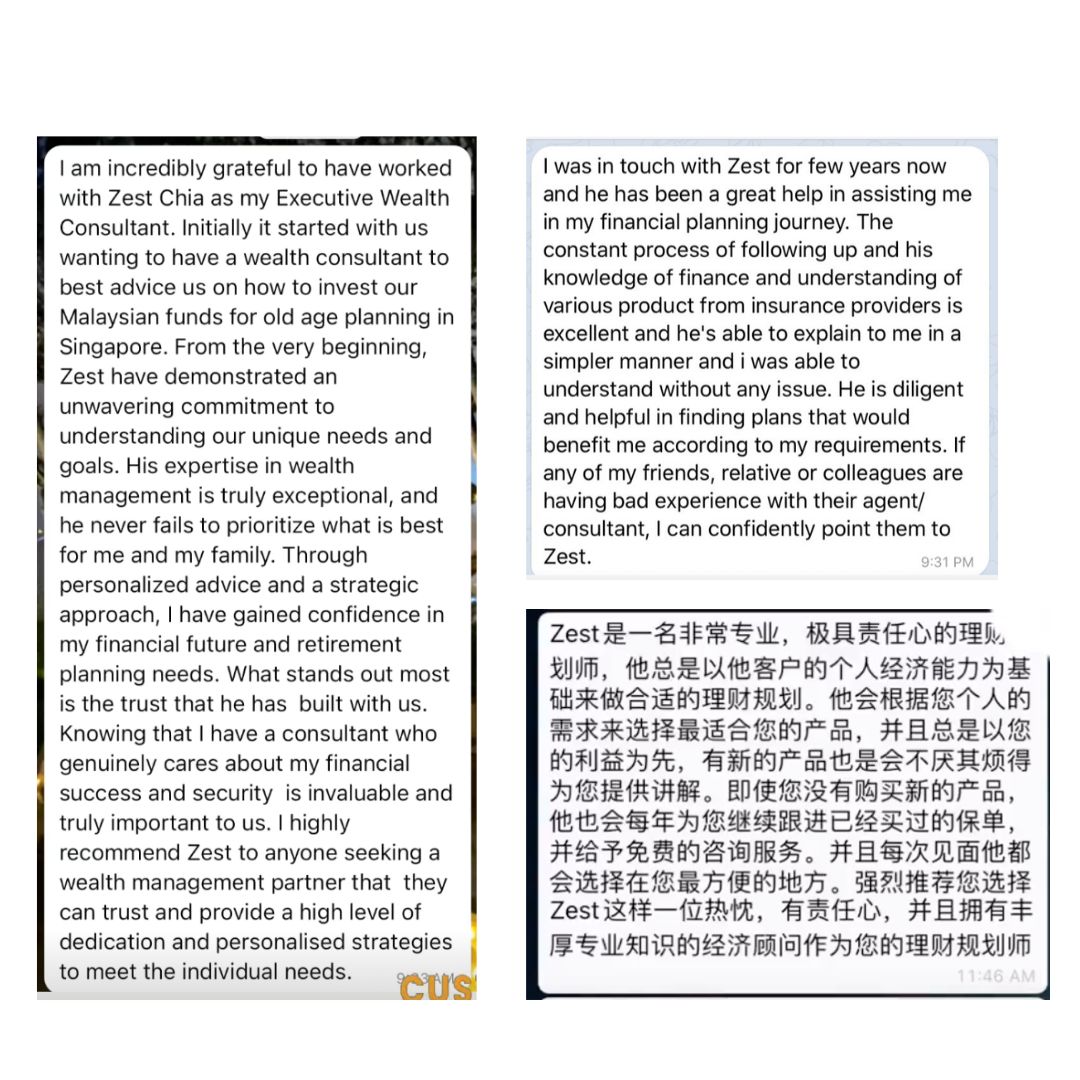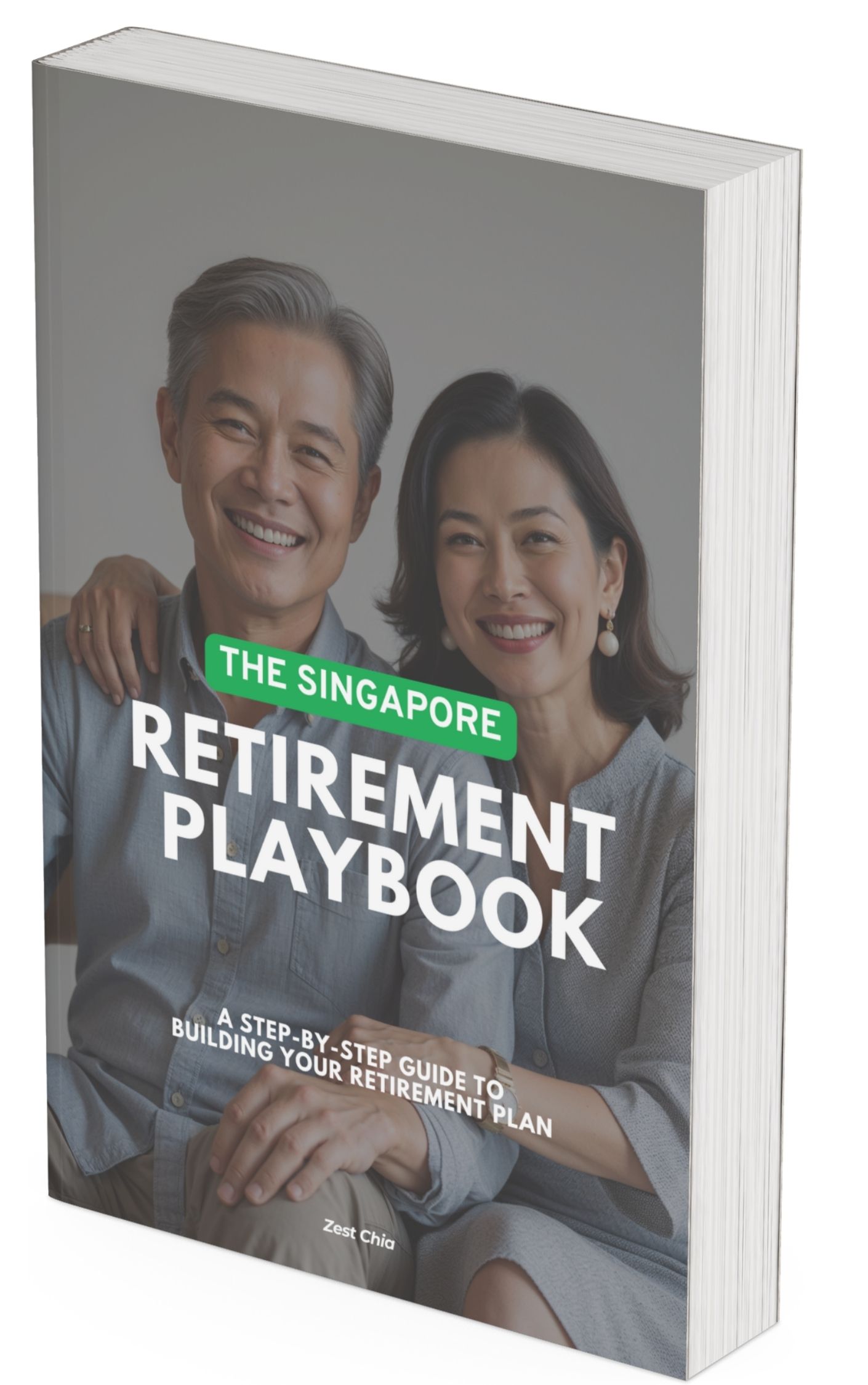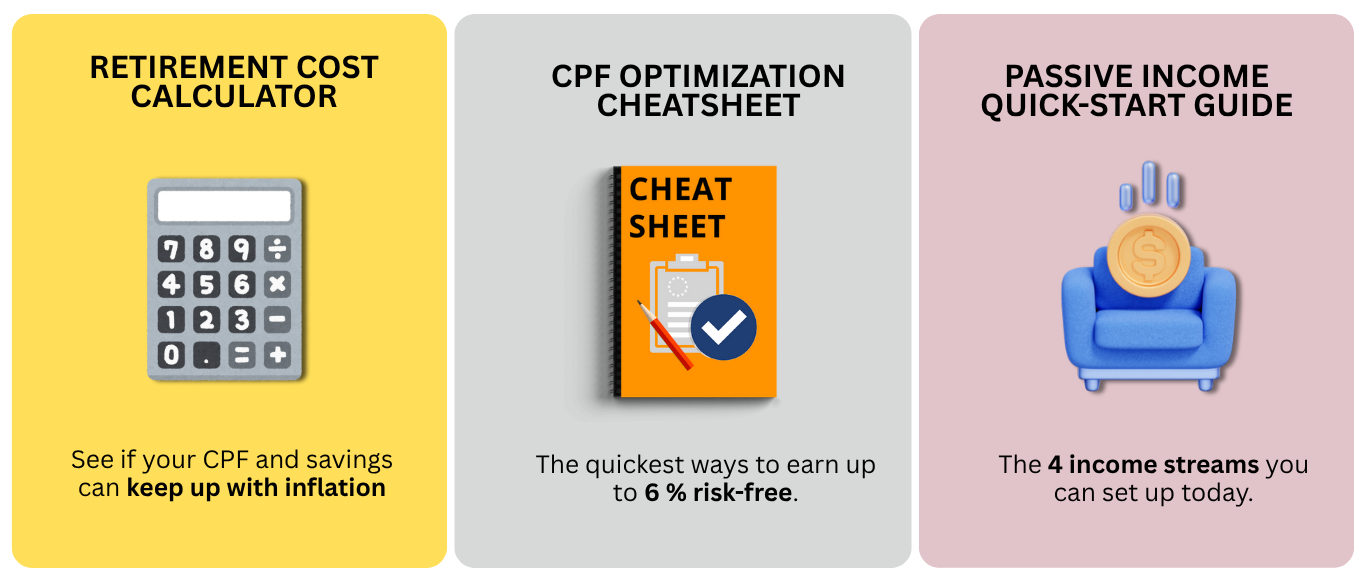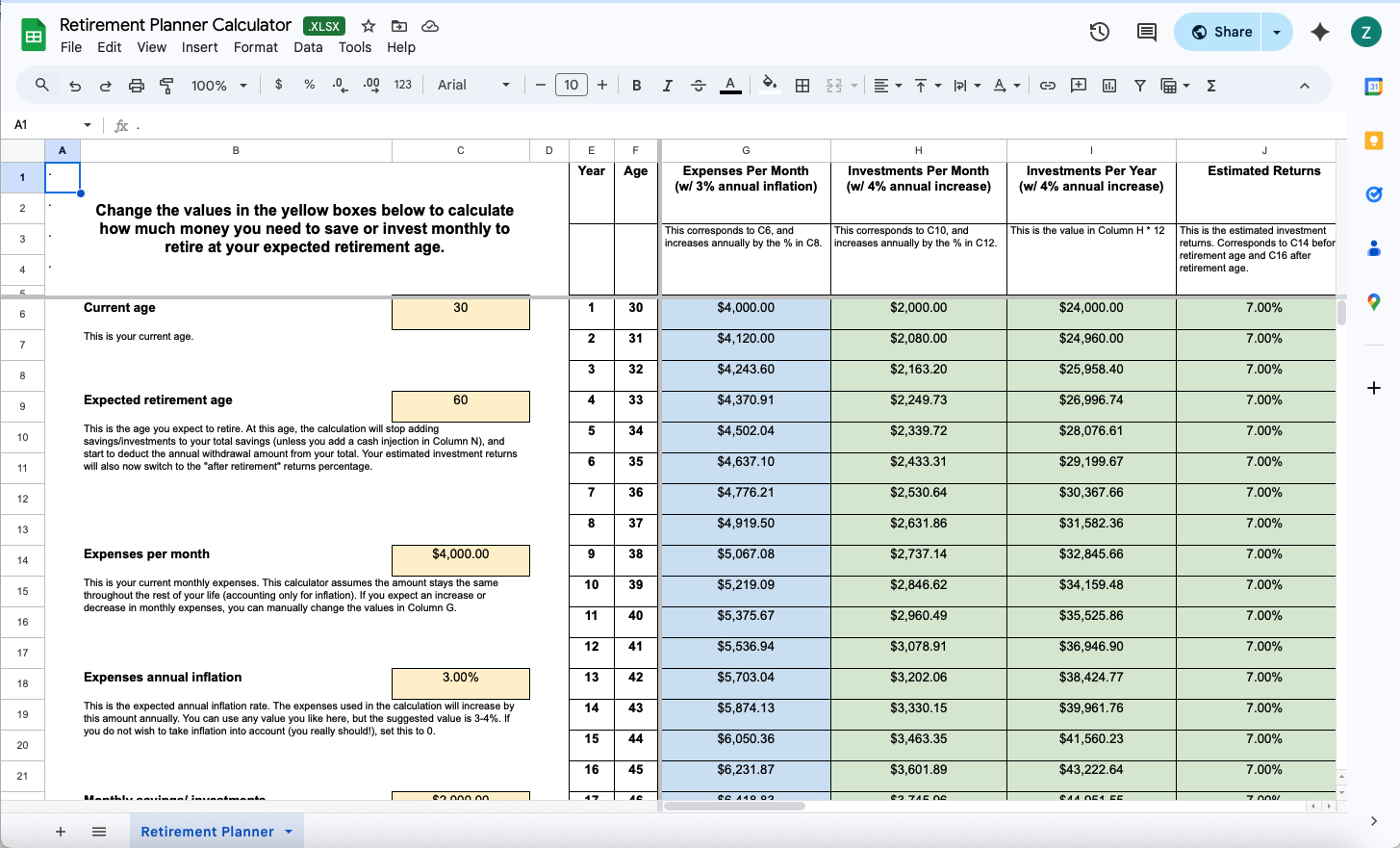Creating Monthly Income from Your Retirement Savings 💡
Jun 16, 2025 3:23 am
,
Thanks for downloading my e-book! I hope you found it helpful in thinking about your financial future.
Today, I want to share a real story that illustrates one of the key concepts from the guide turning your lump sum savings into regular monthly income.
A Real Example: How Auntie May Solved Her Income Problem
Auntie May is in her 50s and approaching retirement. Like many Singaporeans, she had been diligently saving in fixed deposits, but faced a common challenge:
"My savings are just sitting there. How can I make them work harder to give me regular income when I retire?"
Her situation was typical:
- Had accumulated a decent nest egg over the years
- Fixed deposit was only giving 2% annually
- Needed her money to generate monthly cash flow
- Didn't want to take big investment risks
The Strategy: From Lump Sum to Monthly Income
Here's what we explored together (and this applies to many retirement situations):
The Problem with Traditional Savings: Most people save in lump sums, fixed deposits, savings accounts, or even CPF. But in retirement, you need regular monthly income to pay bills, not a big pile of money that slowly shrinks.
A Better Approach: Instead of keeping everything in low-yielding savings, she moved part of her money into corporate bonds, essentially lending money to established companies that pay regular interest.
Think of it like this: instead of the bank borrowing your money for 2%, you're lending directly to companies who pay around 4.5% p.a. and they pay you every month, not once a year.
Why This Strategy Works for Retirement Planning
Predictable Monthly Income: Just like getting a salary, the interest comes in monthly, making it easier to budget and plan.
Better Returns: Corporate bonds typically offer higher yields than bank deposits, helping your money keep up with inflation.
Flexibility: Unlike CPF, you're not locked in for decades.
Lower Risk than Stocks: You're lending to established companies, not betting on share price movements.
Key Retirement Planning Insight
This highlights an important principle from my ebook: The transition from accumulation to distribution.
During your working years, you accumulate wealth in lump sums. But in retirement, you need to distribute that wealth as regular income. The sooner you start thinking about this transition, the better prepared you'll be.
Questions to Consider for Your Own Planning
As you think about your retirement income strategy:
- How much monthly income will you need? (Beyond CPF payouts)
- What portion of your savings could generate regular income now?
- Are you too dependent on savings accounts and fixed deposits?
- When should you start transitioning from pure savings to income-generating assets?
Want to Explore This Further?
If you're curious about how strategies like this might fit into your retirement plan, I'm happy to share more insights.
Everyone's situation is different, and what worked for Auntie May might not be right for you - but understanding your options is always valuable.
Feel free to reply with any questions about retirement income planning. I genuinely enjoy helping people think through these important decisions.
Best regards,
Zest Chia
Executive Wealth Consultant | Associate Estate Planning Practitioner |
Licensed General Insurance Advisory
DISCLAIMER;
This message contains privileged and confidential information from Infinity Financial Advisory Pte Ltd. If you are not the intended recipient of this electronic message, please do not disseminate, copy or take any action in reliance on it. We request you notify us immediately before deleting this message. Any views expressed in this message or attachment/s are those of the individual sender and are not necessarily the views of the company. Infinity Financial Advisory Pte Ltd uses virus scanning software and while due care and attention is taken; the company excludes all liability for any loss or damage caused whether directly or indirectly by any computer virus or other defects transmitted with any email and any attachment(s), to the extent permitted by law. It is sent on the strict condition that the user carries out and relies on its own procedures for ensuring that its use will not interfere with the recipient's systems including but not limited to scanning this email and any attachment(s) for viruses and defects before opening or sending them on. The recipient assumes all risk of use and releases the sender from all responsibility and liability for any direct or indirect consequence of use.










